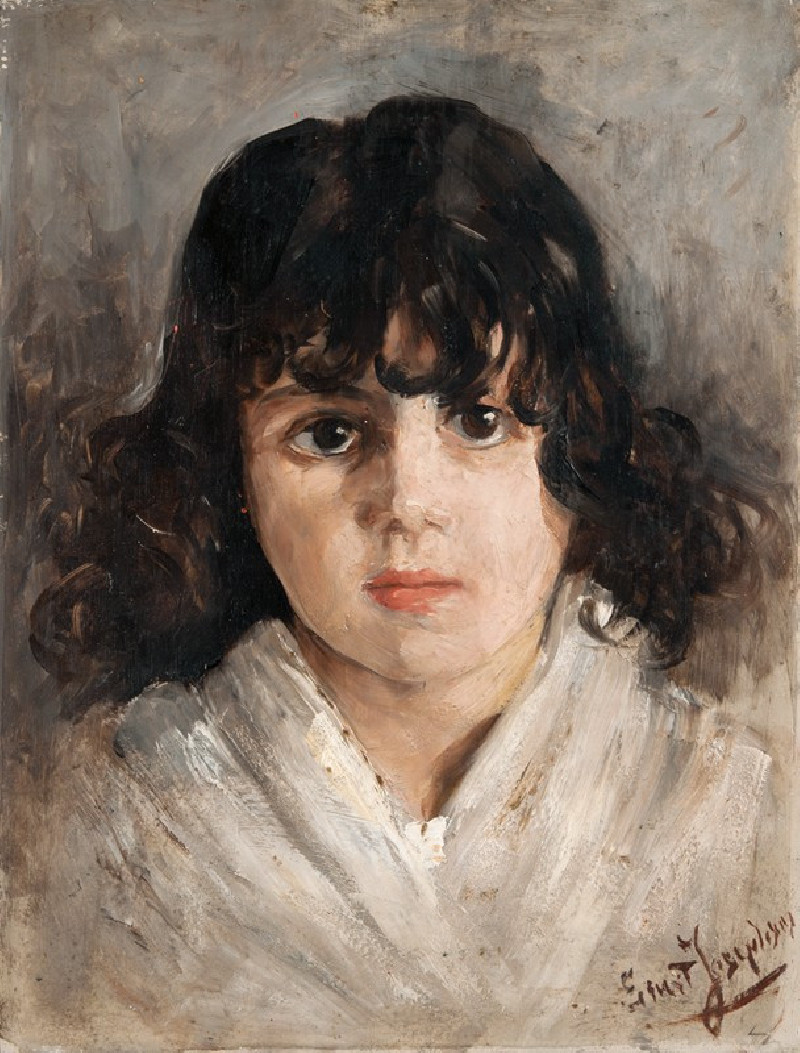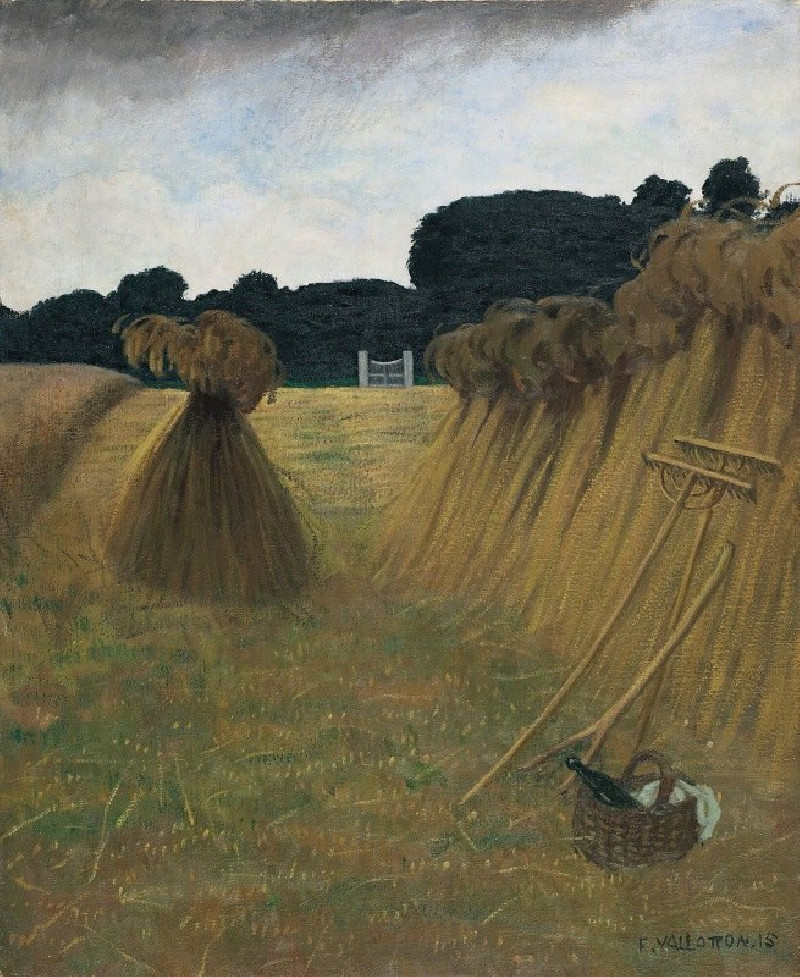Examples of Chinese ornament, Pl.87 (1867)
Technique: Giclée quality print
Recommended by our customers
More about this artwork
Welcome to a vivid exploration of traditional Chinese designs and artistry as presented in Owen Jones's "Examples of Chinese ornament, Pl.87" from 1867. In this exquisite piece, Jones masterfully captures the essence of traditional Chinese motifs featuring a rich and lively blend of flora and organic forms.The painting is designed with a central flowing composition of colorful botanical elements including twining stems, lush blooms, and delicate leaves that artfully interconnect. The flora includes a variety of species, each rendered with unique aesthetic considerations, portraying depth and vibrance through an array of hues ranging from soft pastels to vibrant primaries. A butterfly gracefully adds a touch of liveliness, symbolizing transformation and the delicate balance of nature.Encasing the central pattern, the artwork is flanked on both sides by meticulously detailed borders. These borders showcase geometric patterns and linear repetitions known in traditional Chinese art, which both frame and highlight the naturalistic center tableau. On the left, a Greek key-inspired design suggests continuity and eternal flow, while the right border features stacked, colorful rectangular shapes, adding a structurally rhythmic contrast to the organic central theme.This piece serves as an exemplary representation of the influence and appreciation of Chinese artistic traditions in Western design during the 19th century. It also underscores Owen Jones’s commitment to studying and presenting ornament from around the world. "Examples of Chinese ornament, Pl.87" not only decorates space but also educates and inspires a deeper appreciation for cultural art forms and their historical contexts.
Delivery
Returns
Owen Jones was an English-born Welsh architect. A versatile architect and designer, he was also one of the most influential design theorists of the nineteenth century. He helped pioneer modern colour theory, and his theories on flat patterning and ornament still resonate with contemporary designers today.

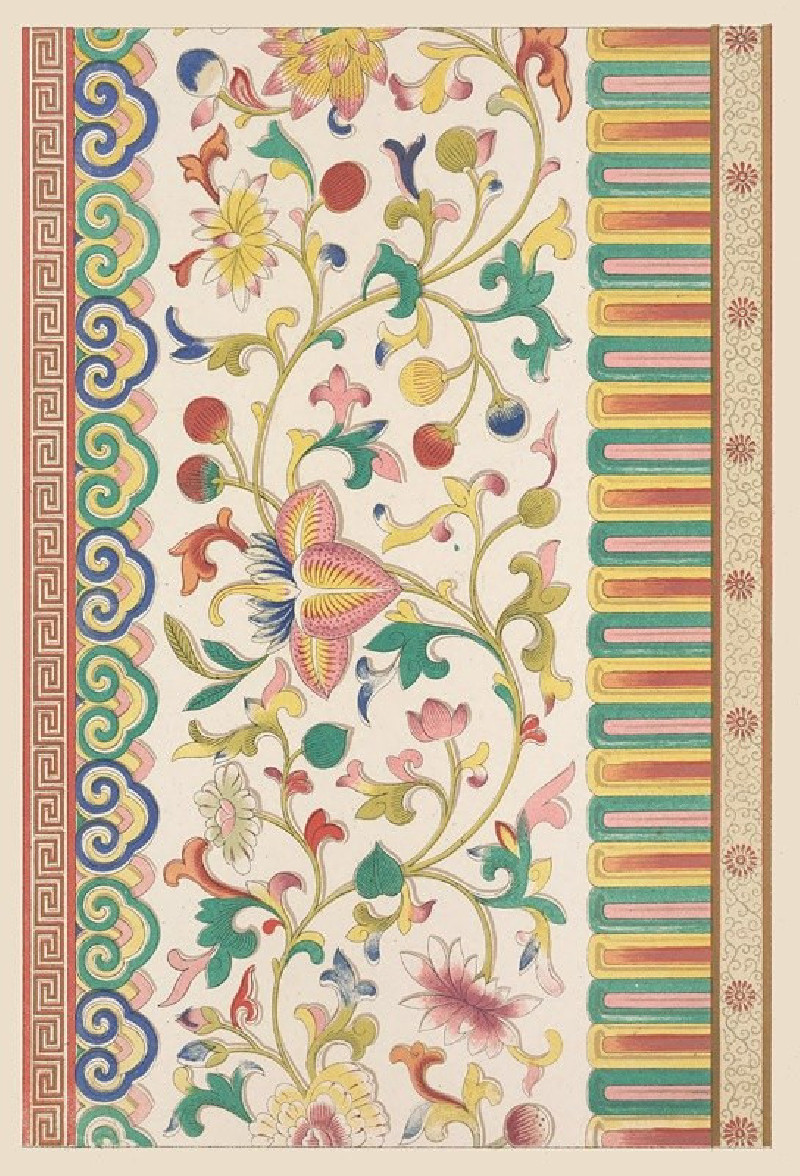
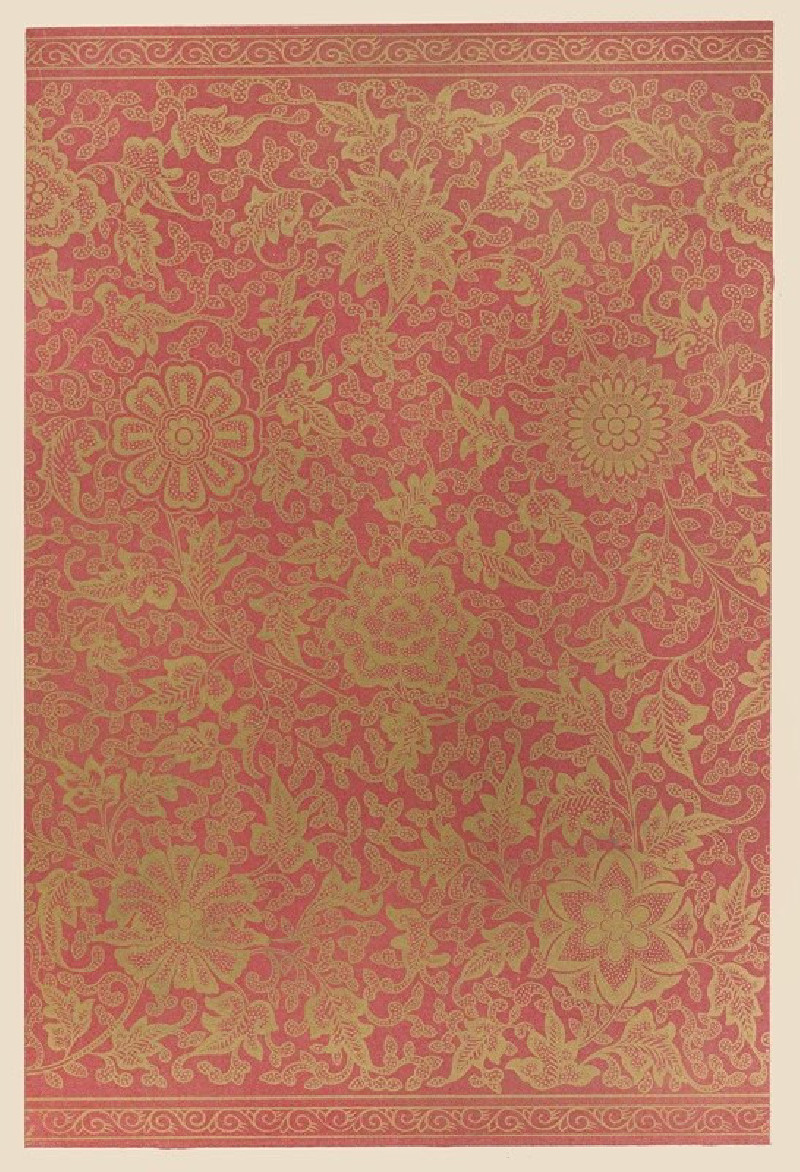

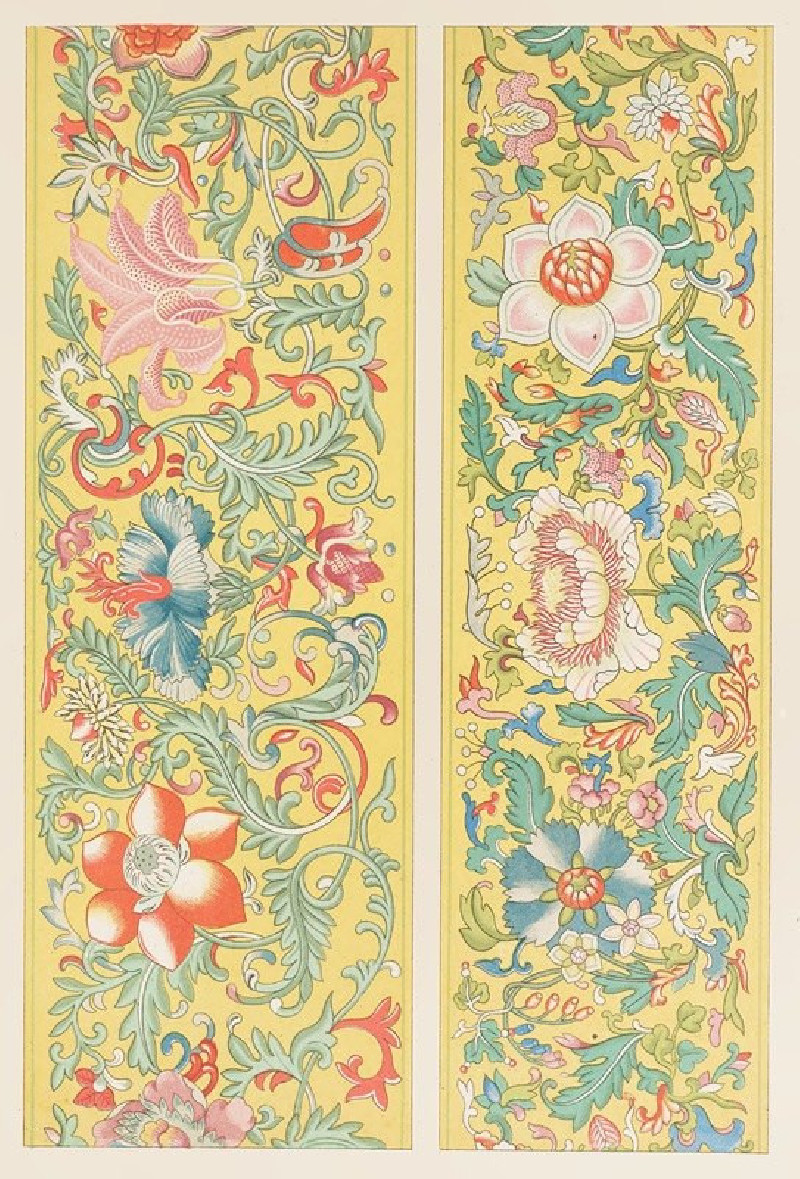
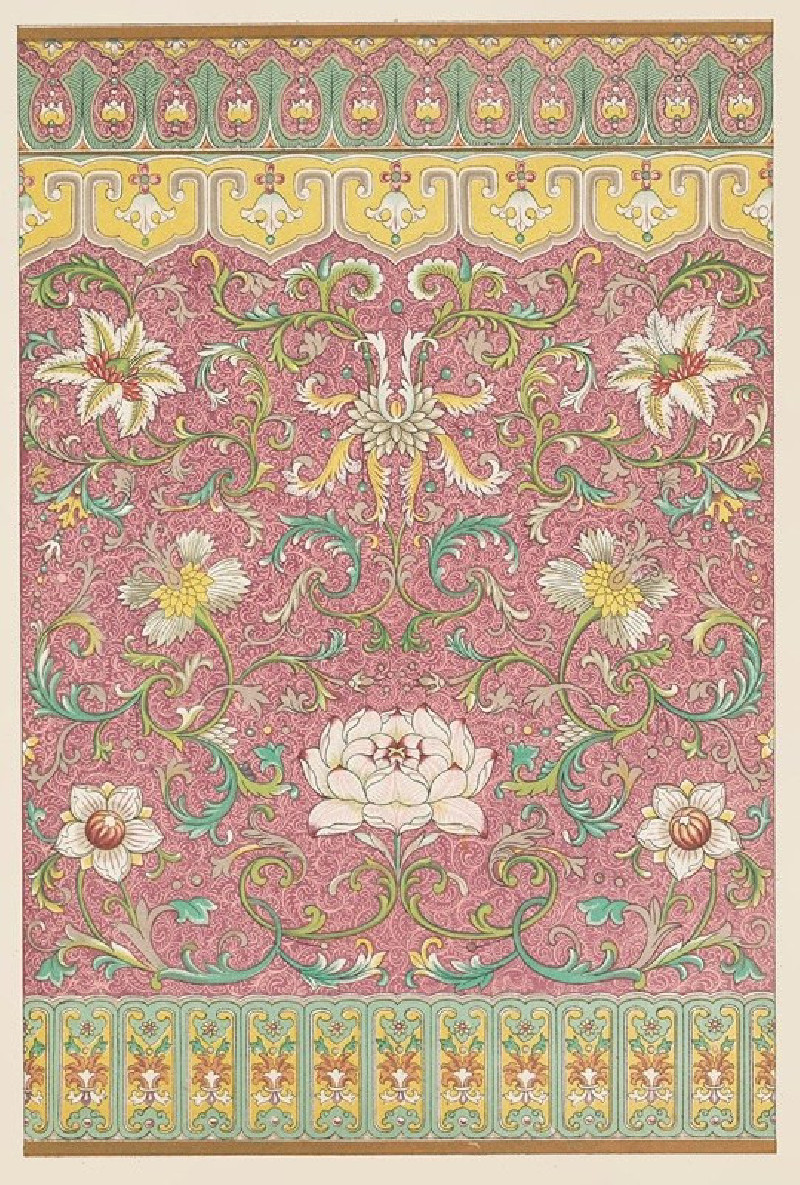

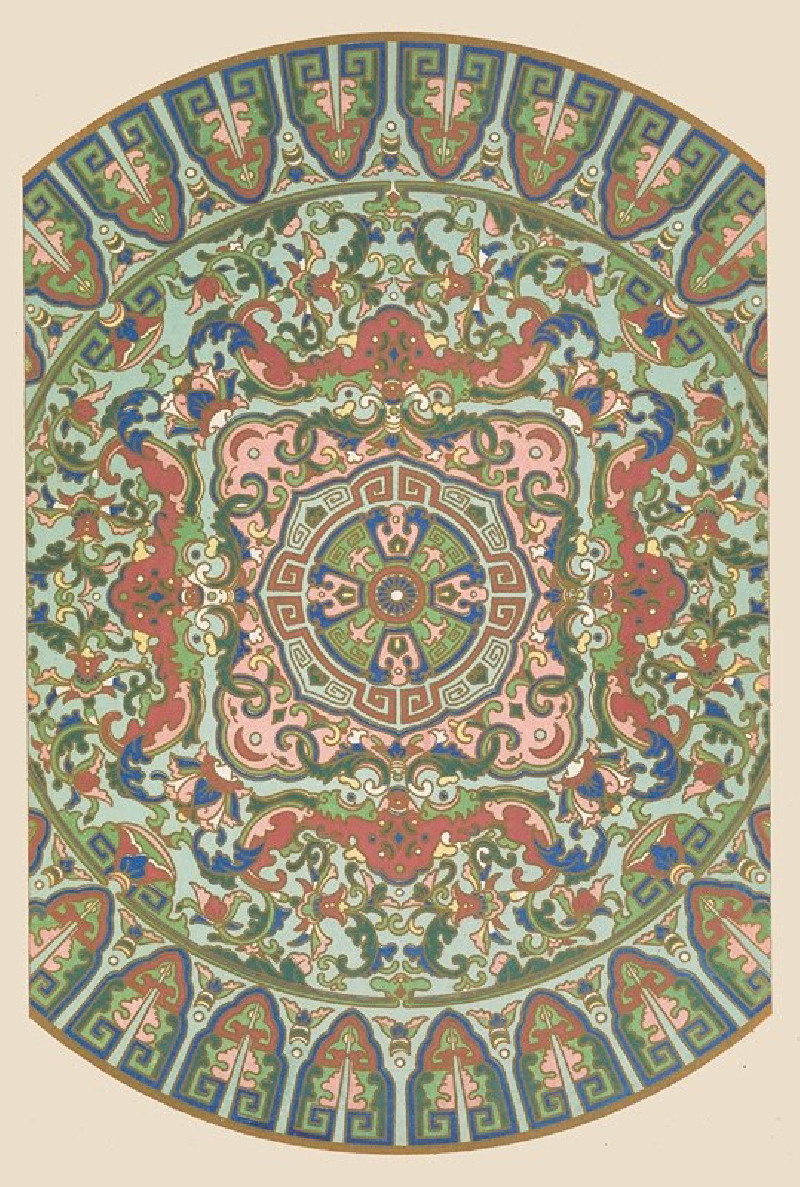
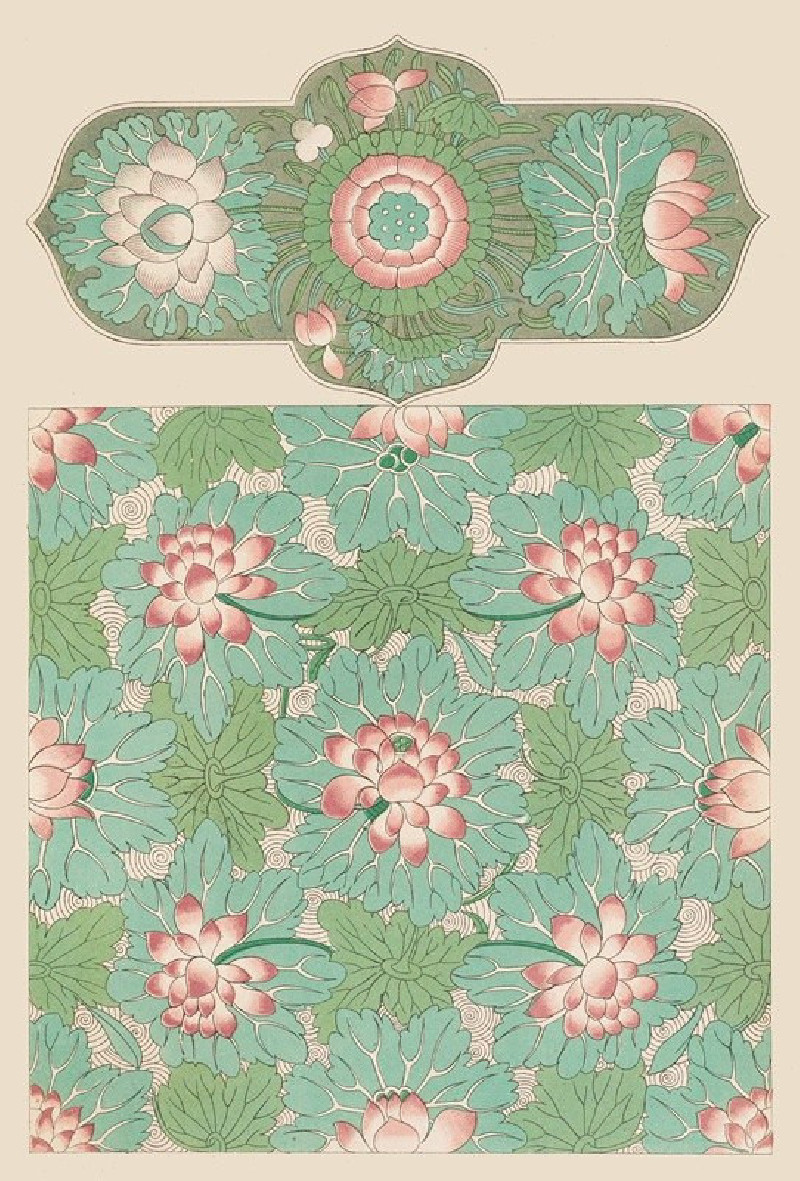
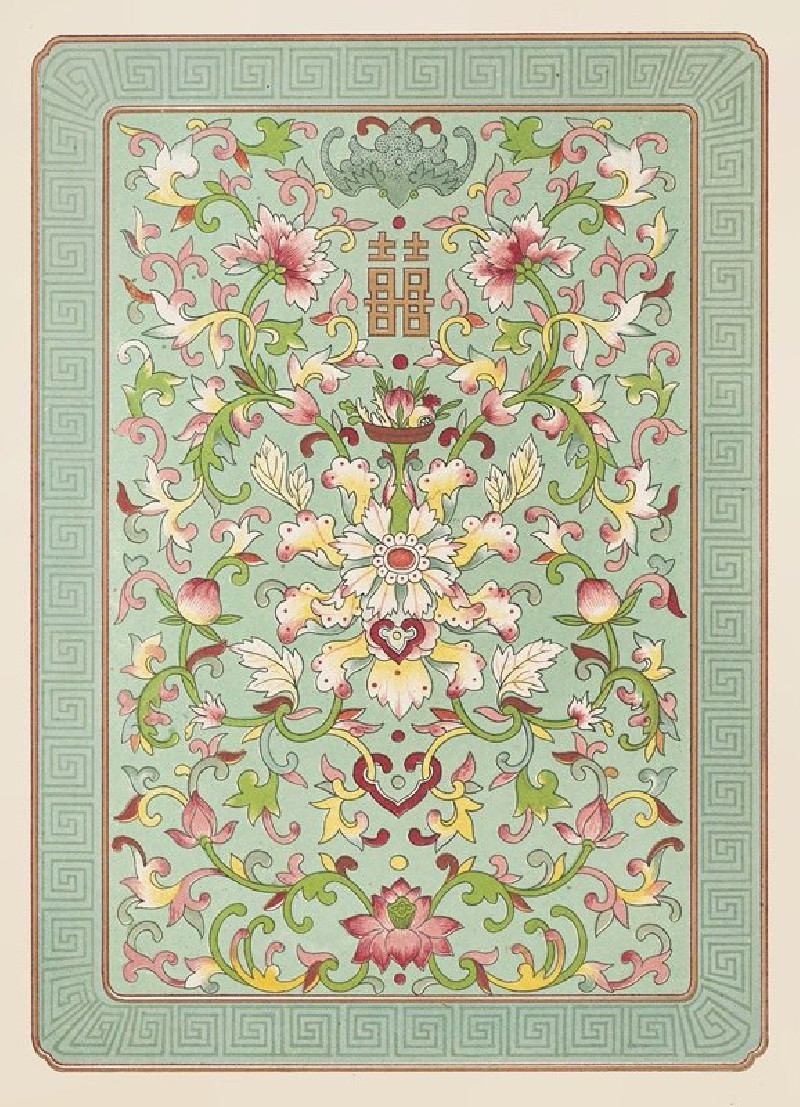

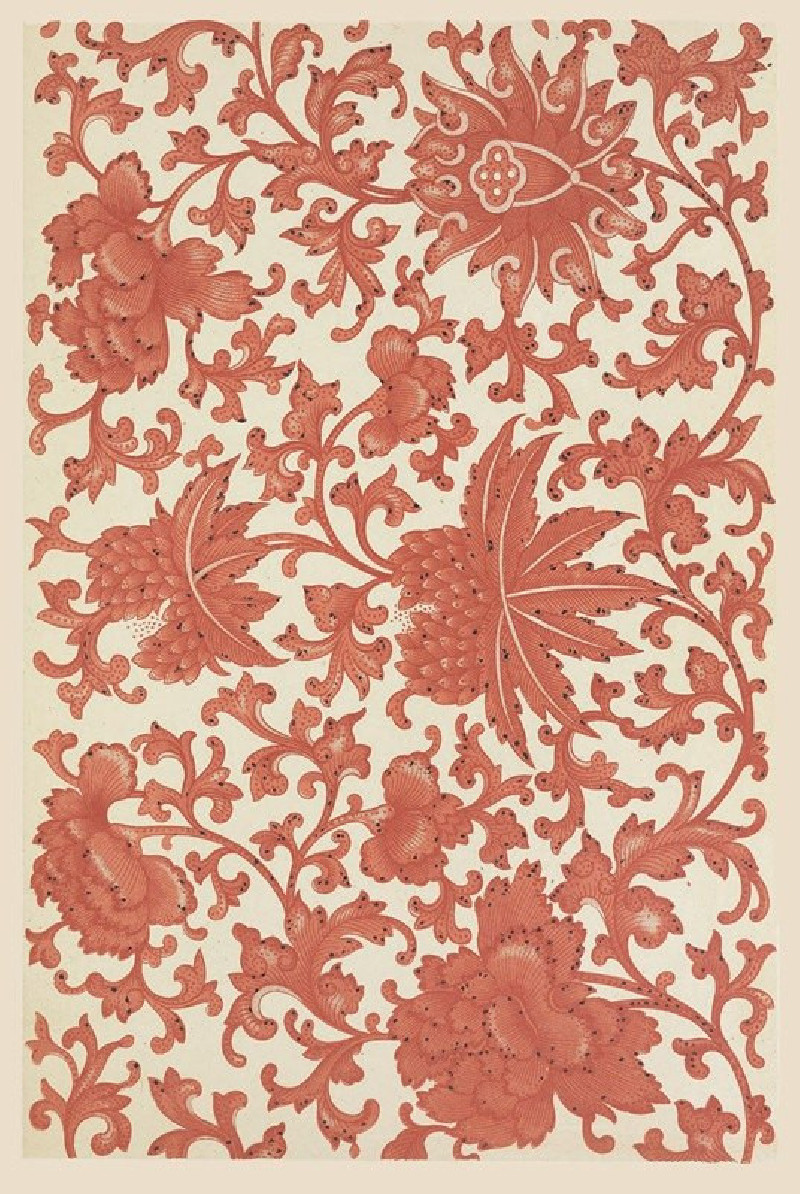
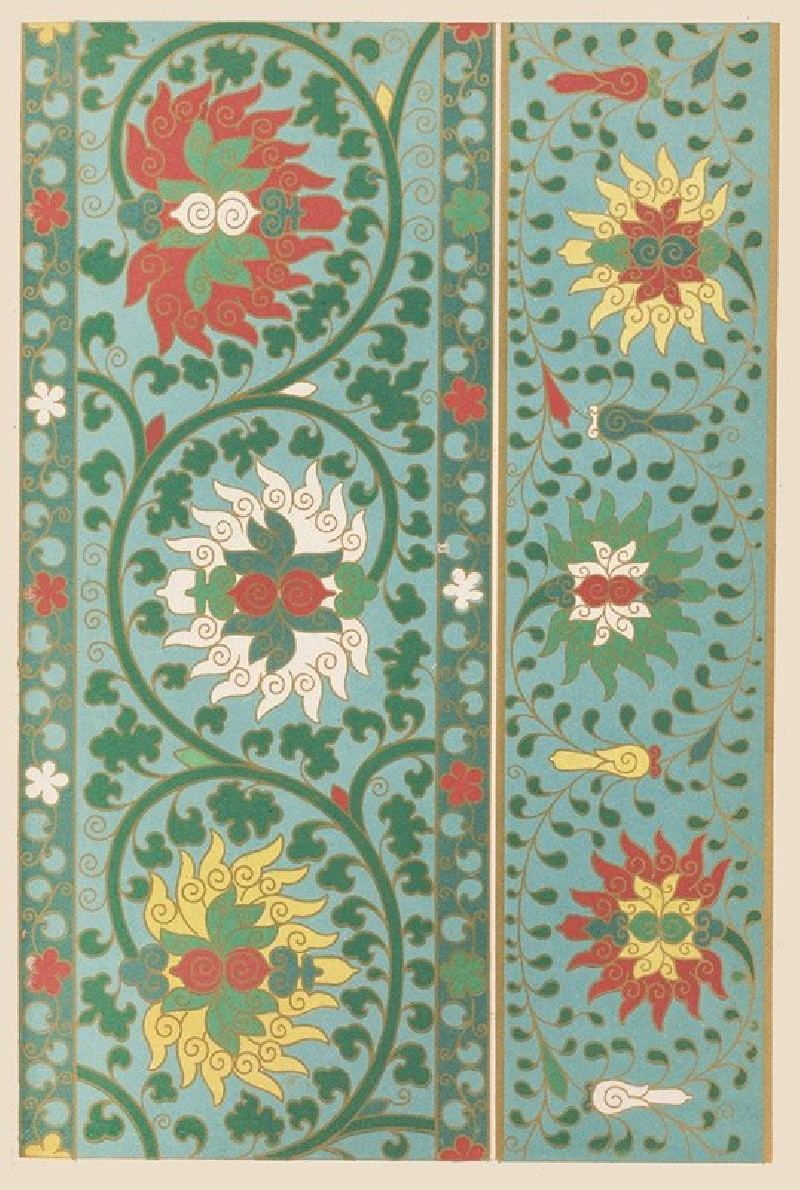


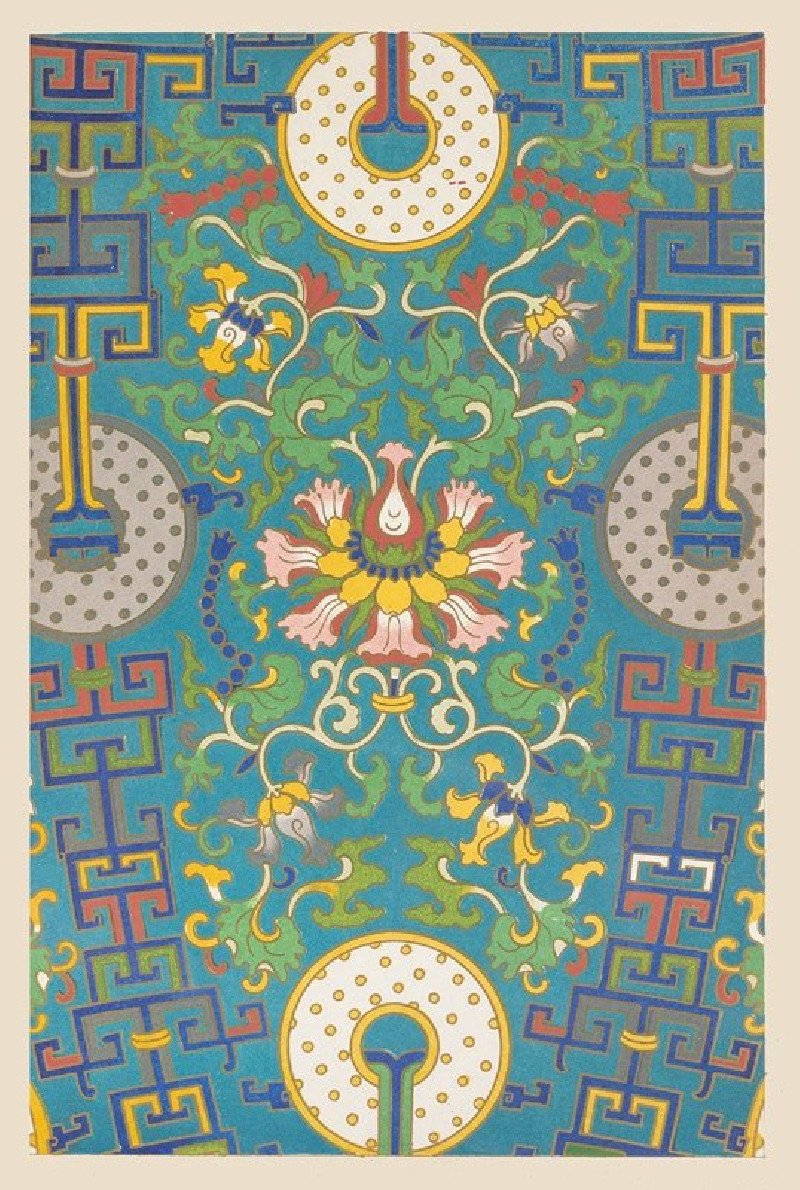



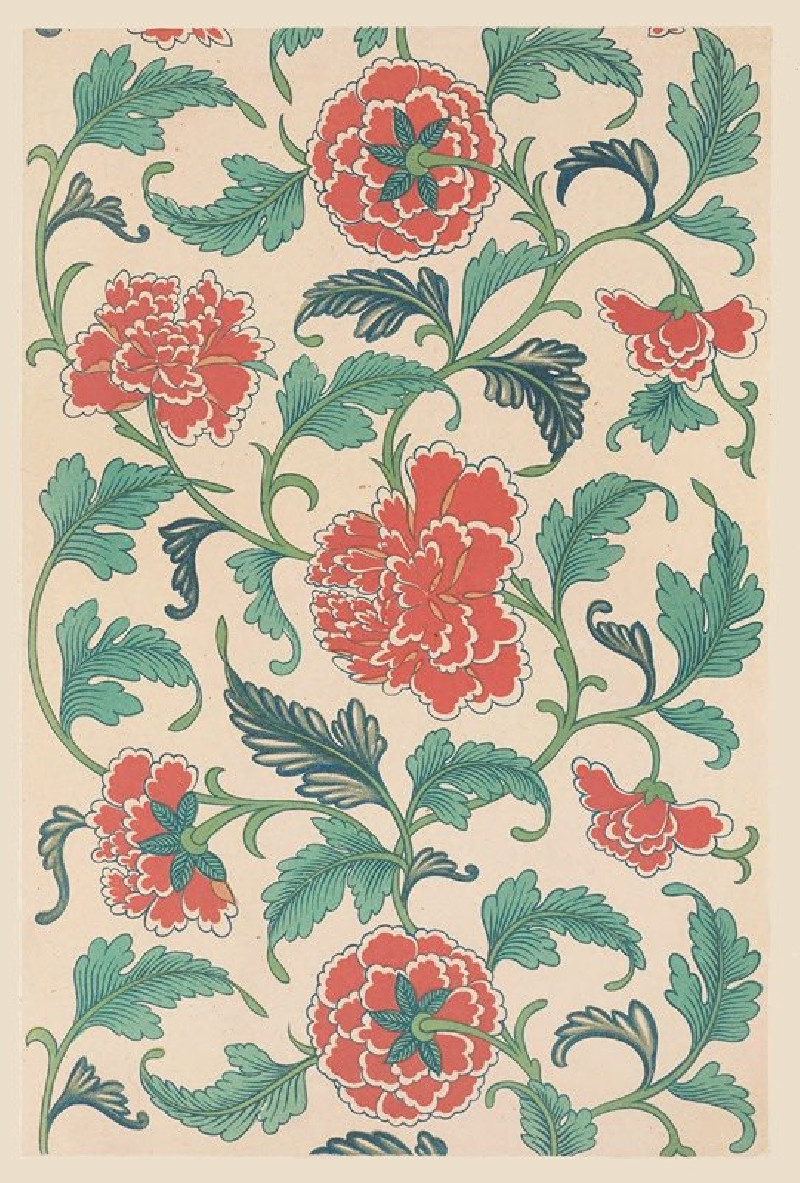
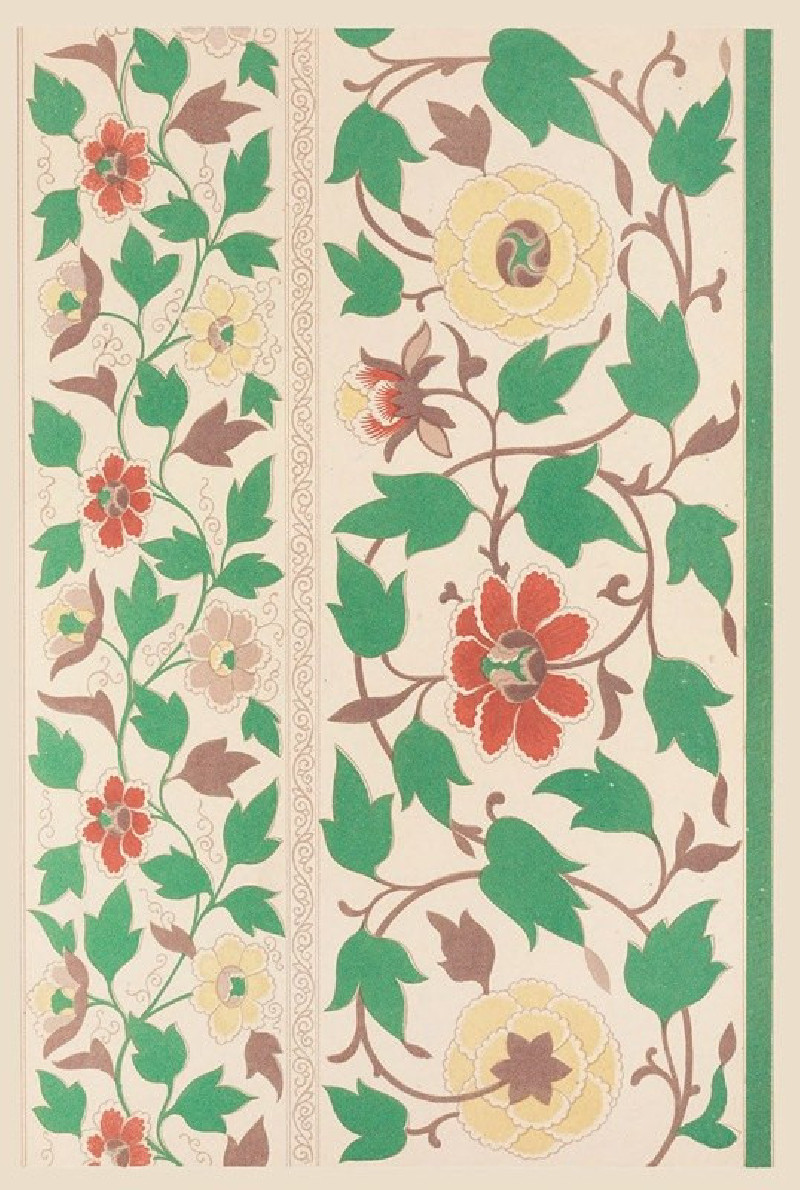
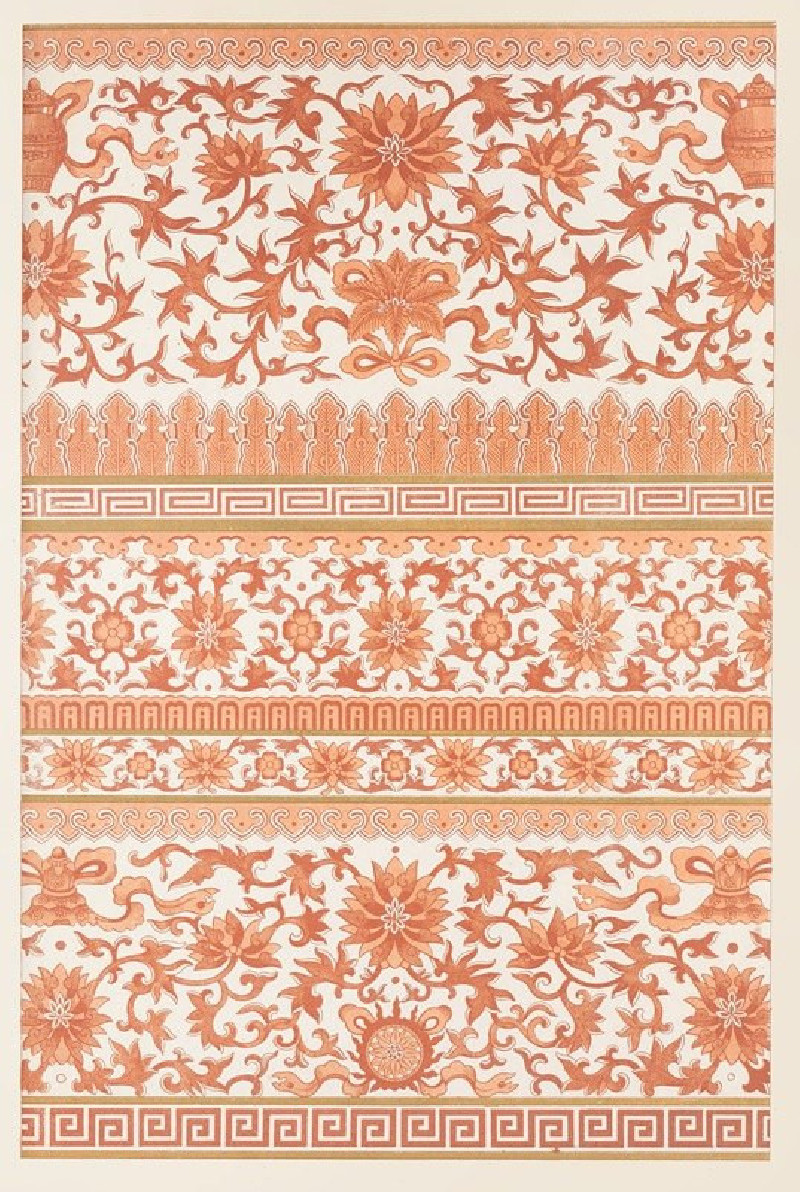
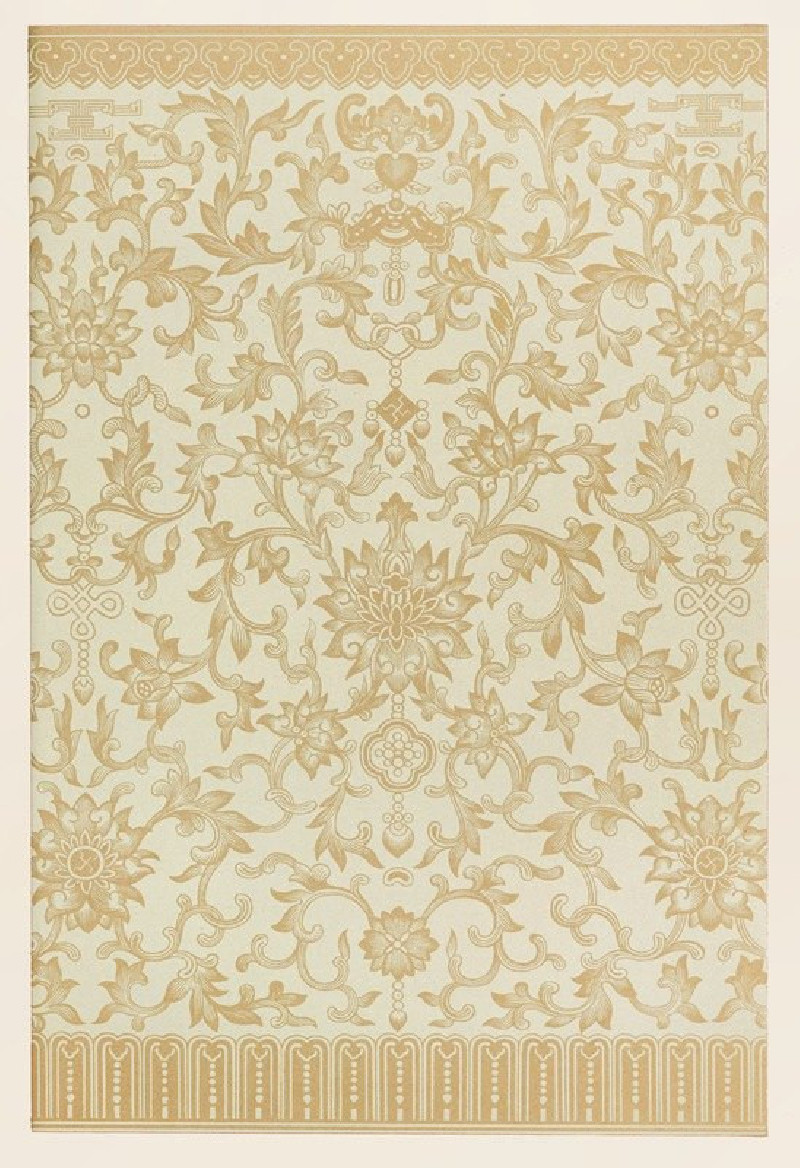
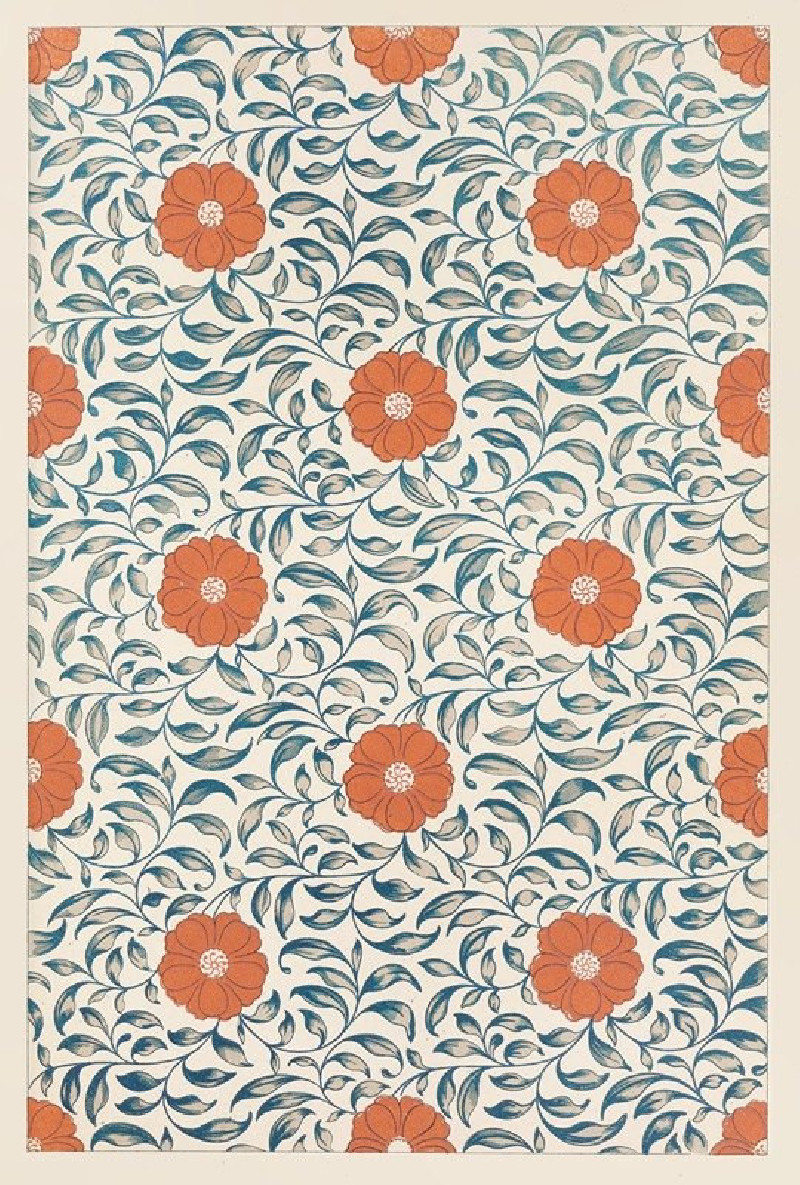

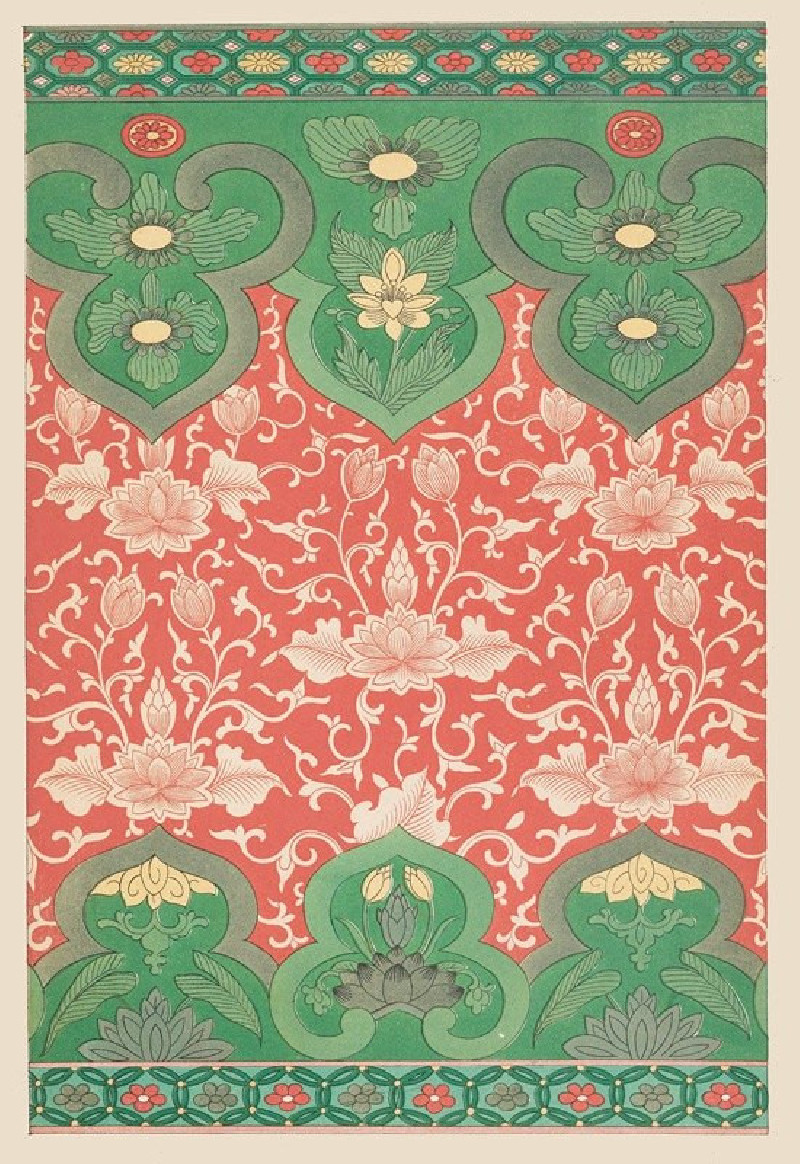
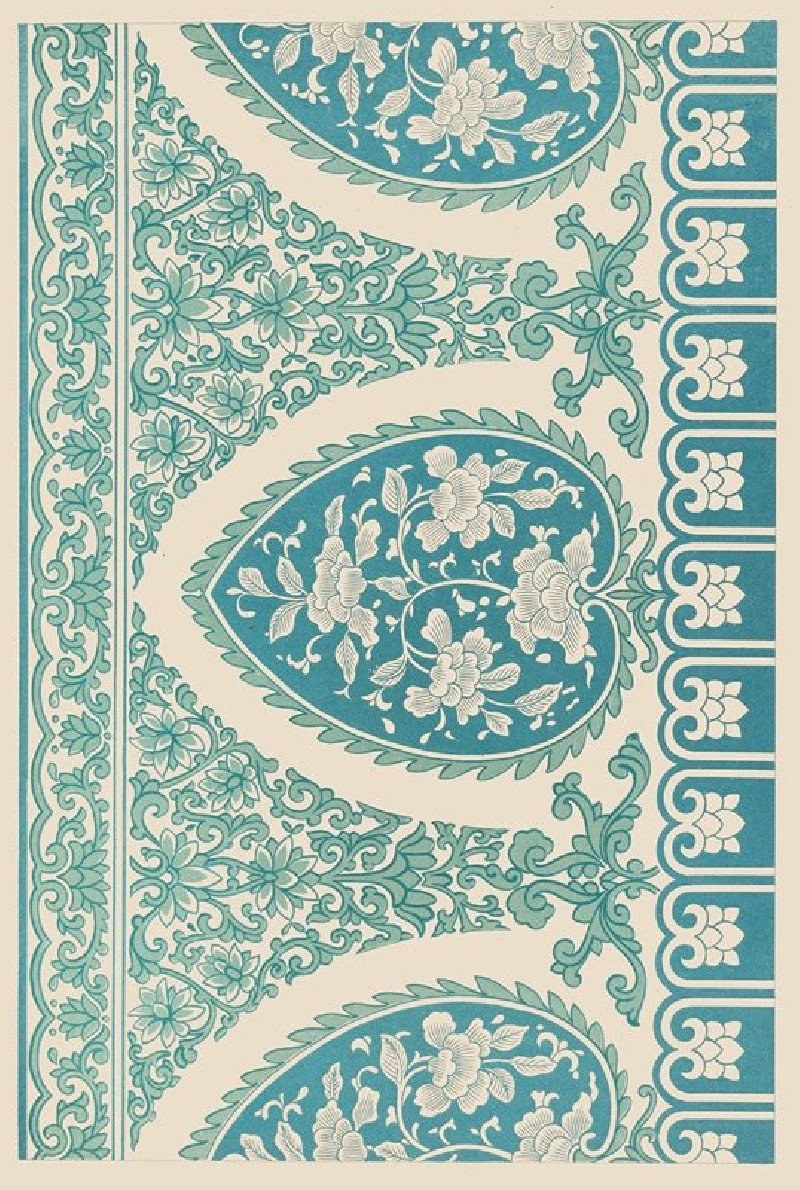

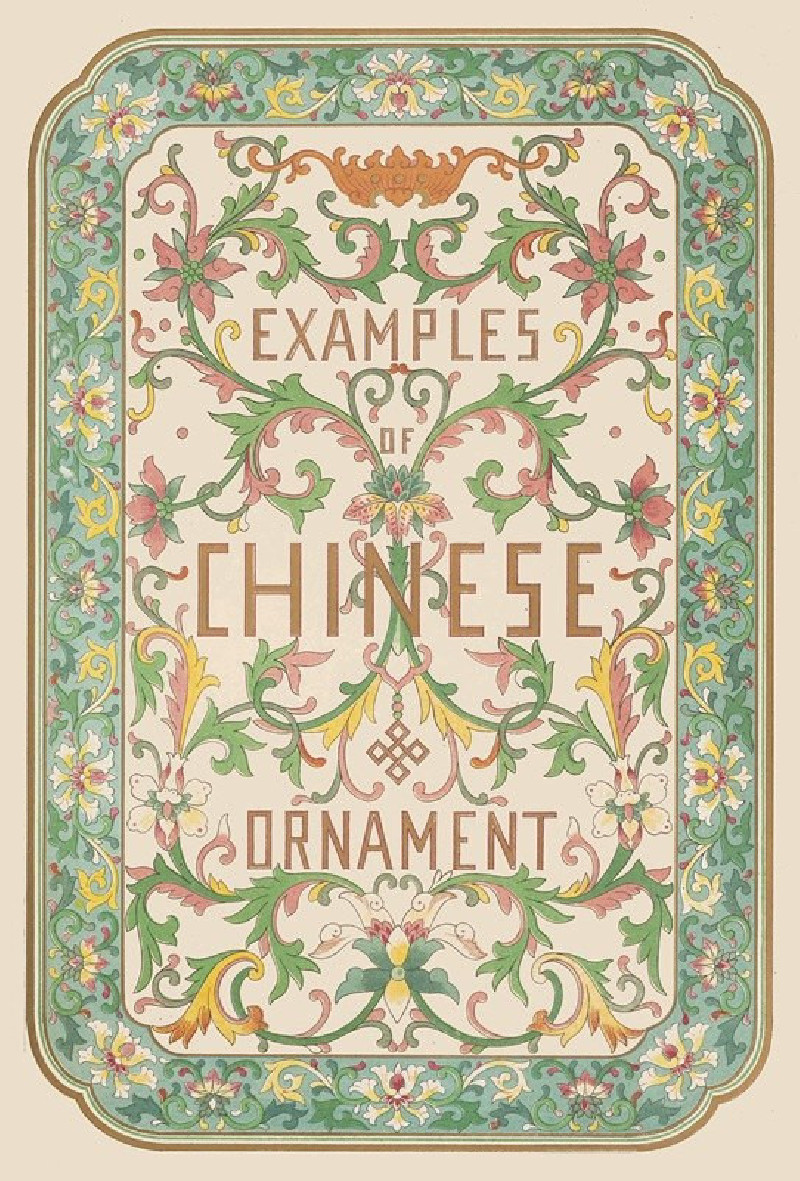
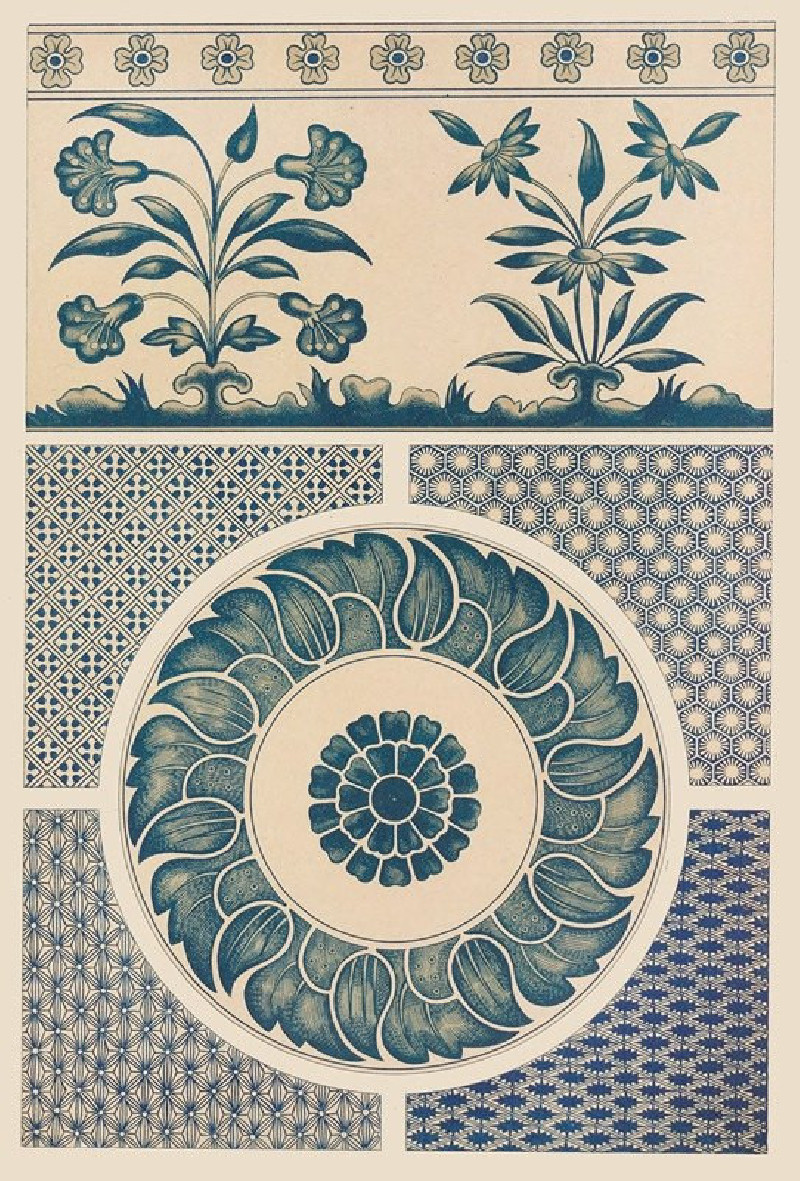


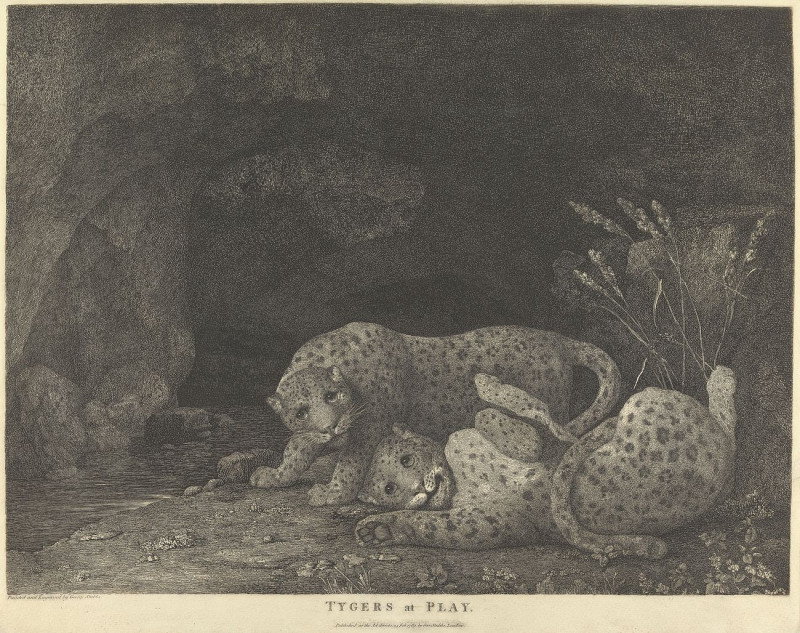
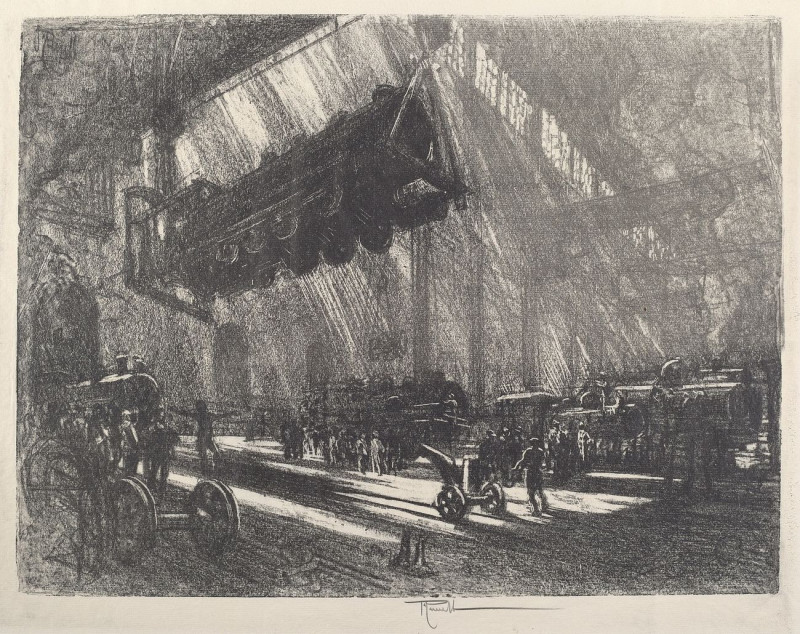
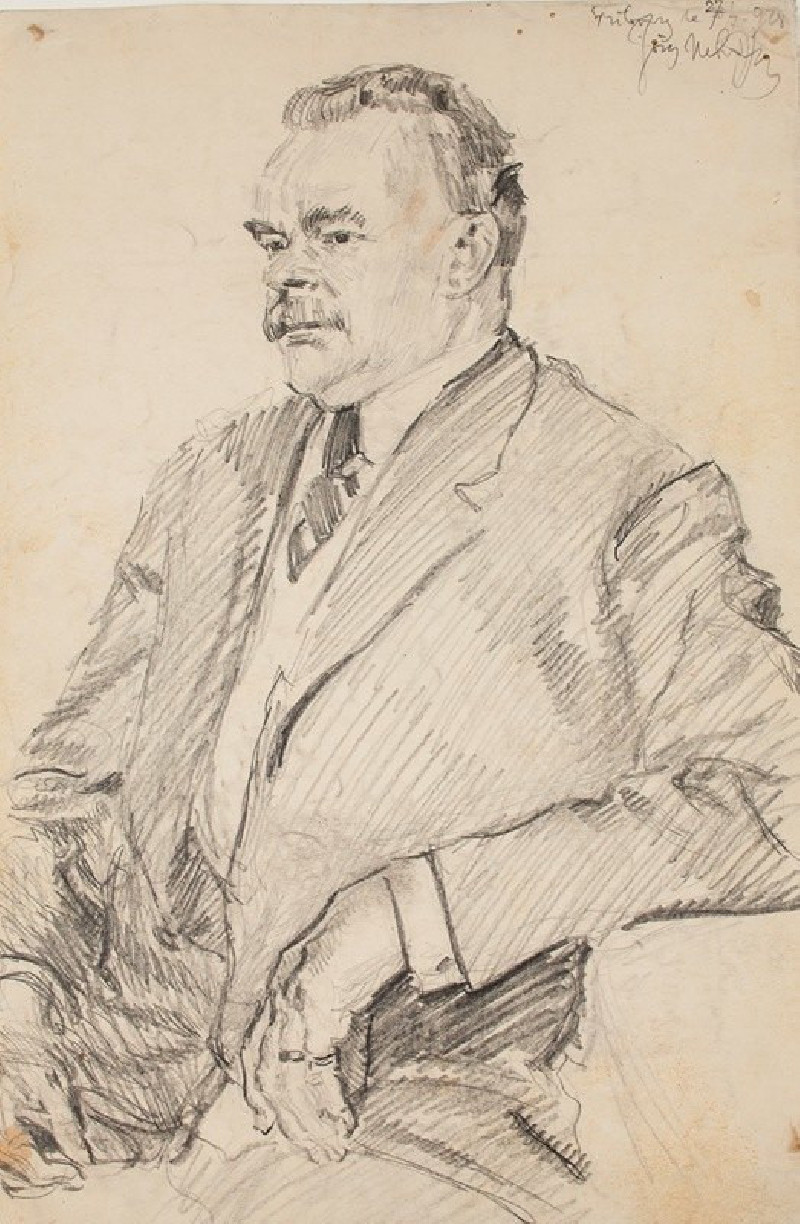

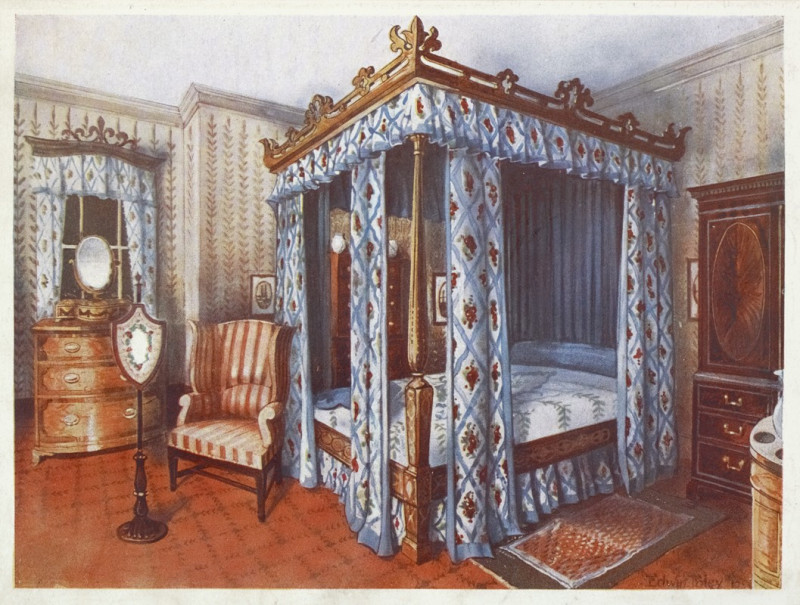
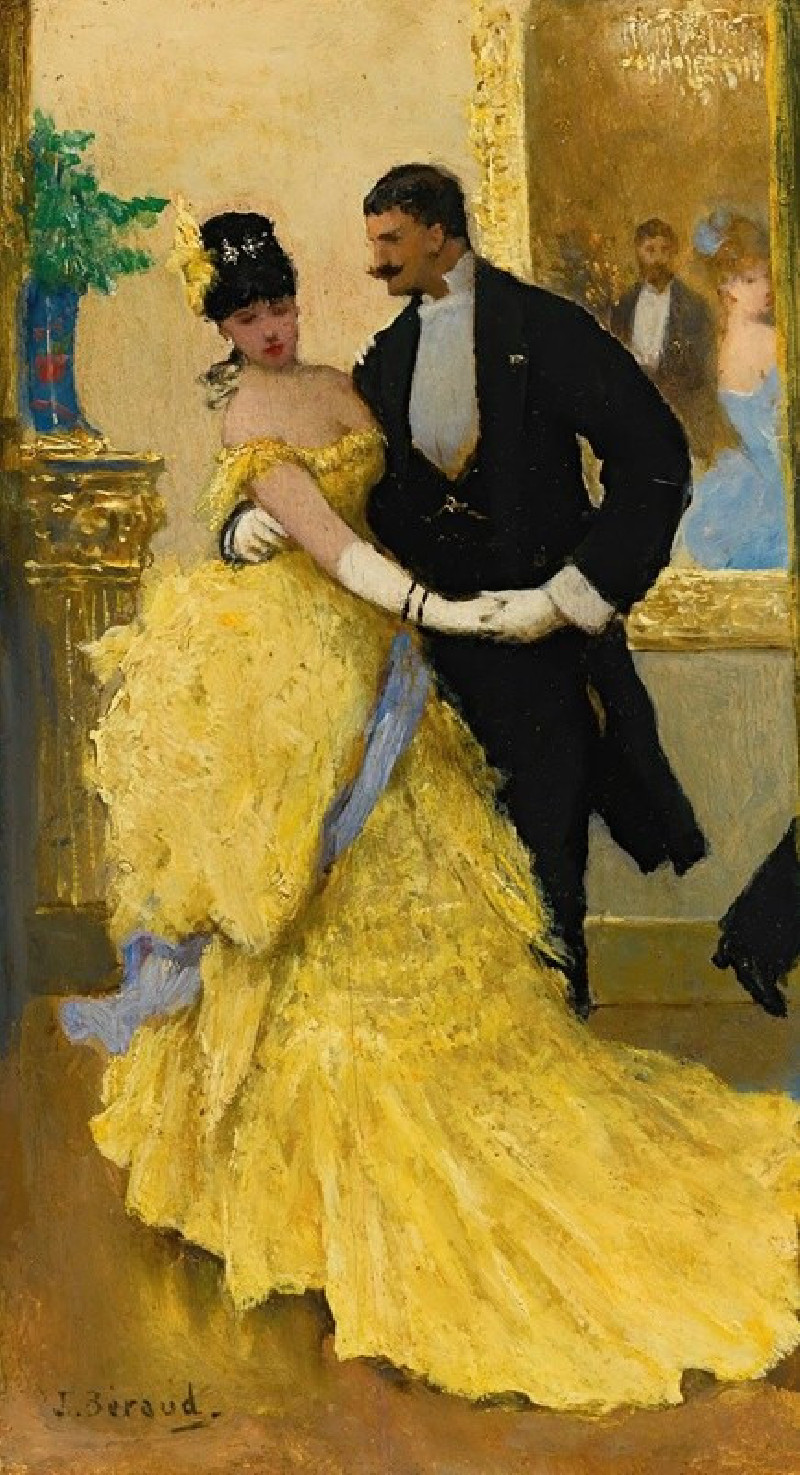

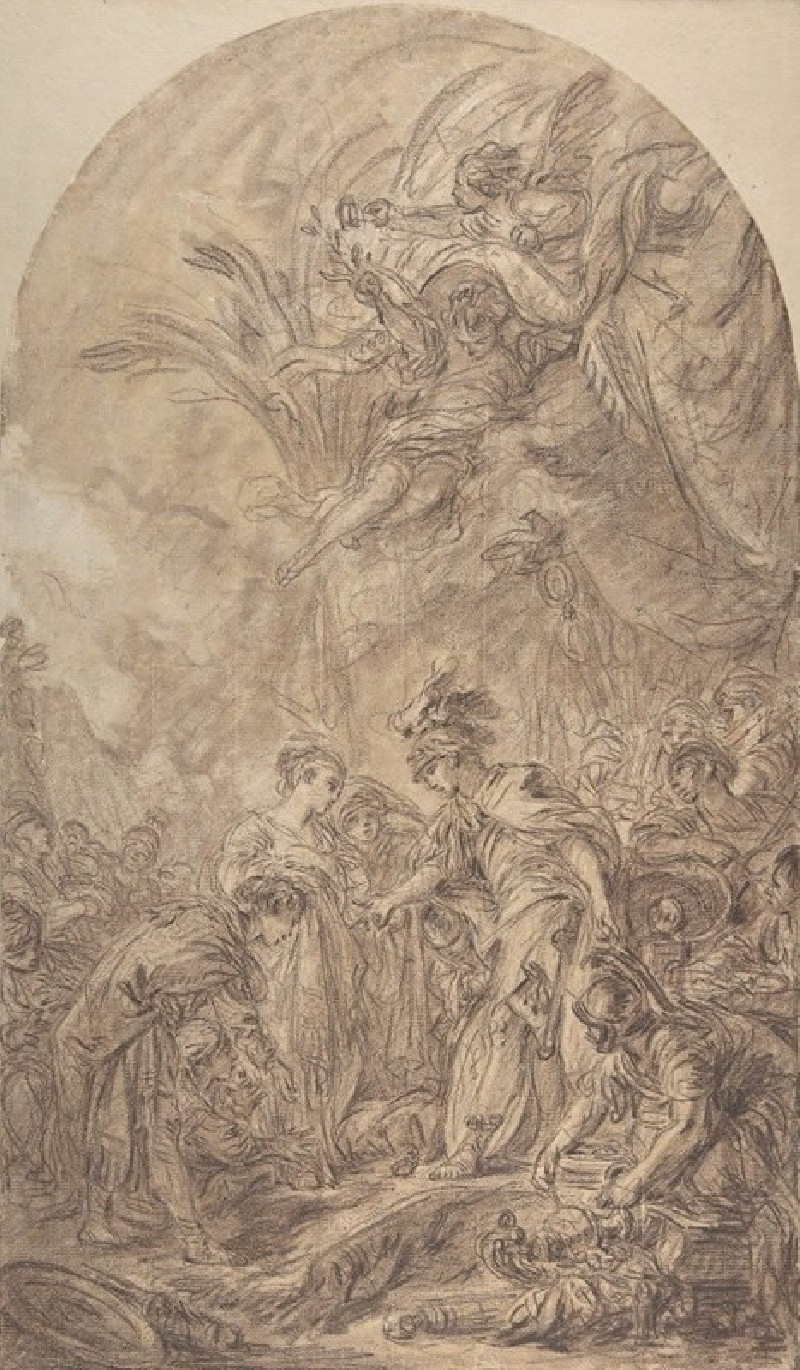

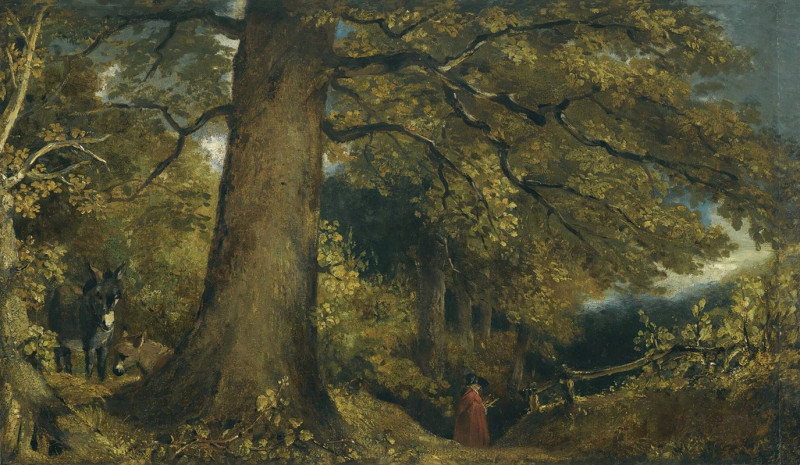
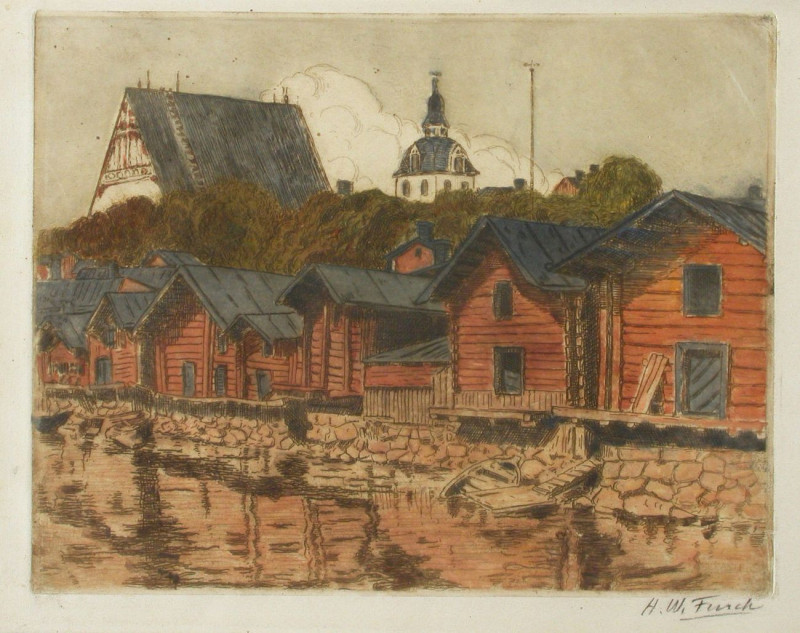

![Temple of Isis on the roof of the great temple of Dendera [Dandara]. (1846-1849) reproduction of painting by David Roberts. A...](https://reprodukcijos.lt/39230-large_default/reproduction-of-temple-of-isis-on-the-roof-of-the-great-temple-of-dendera-dandara-1846-1849.jpg)
